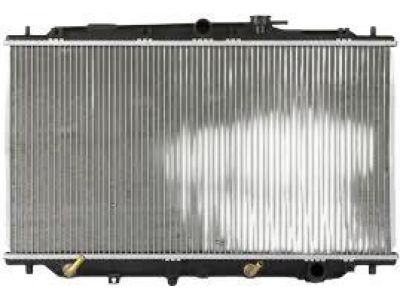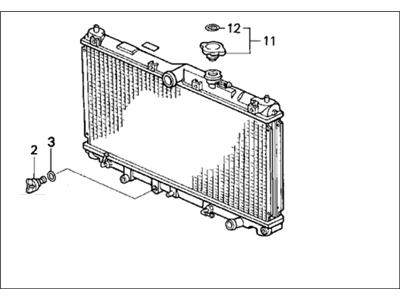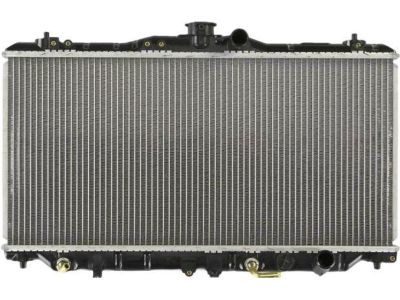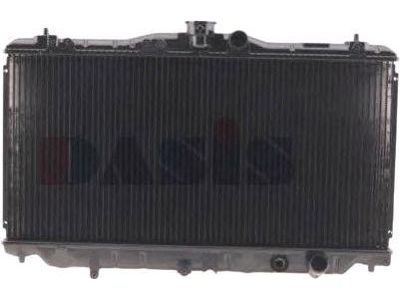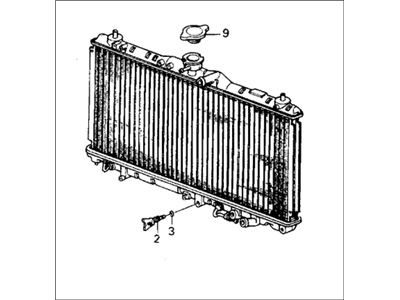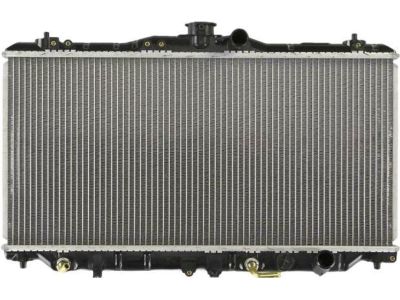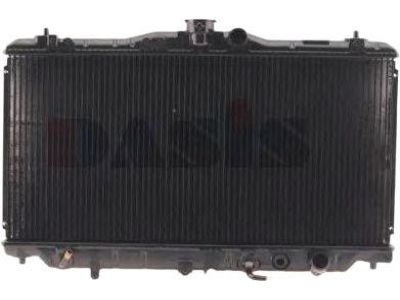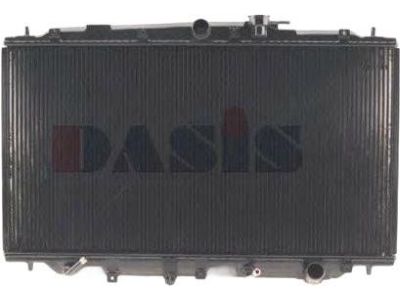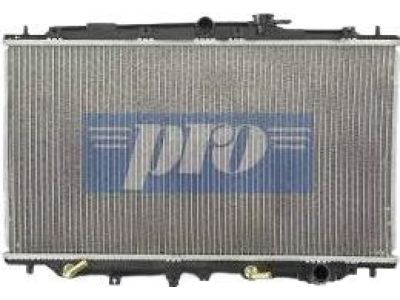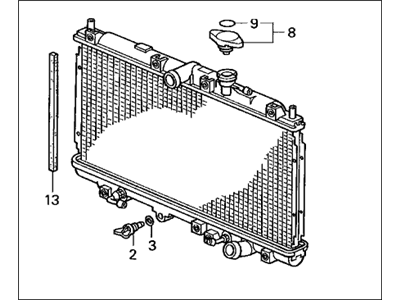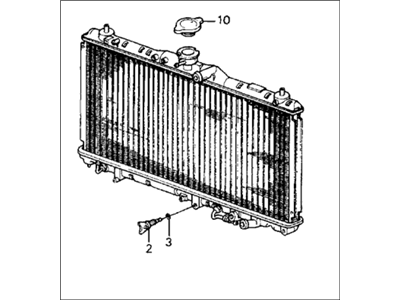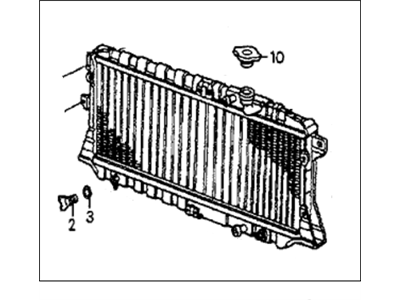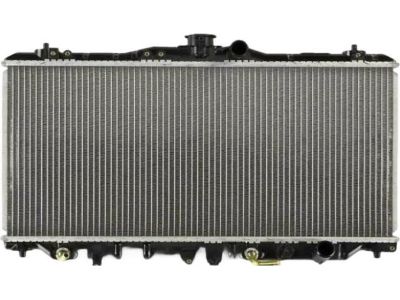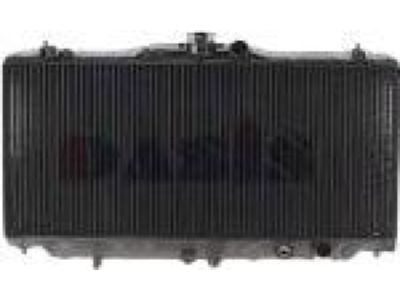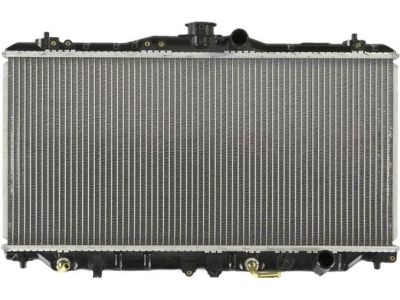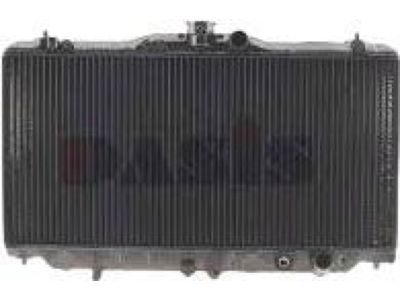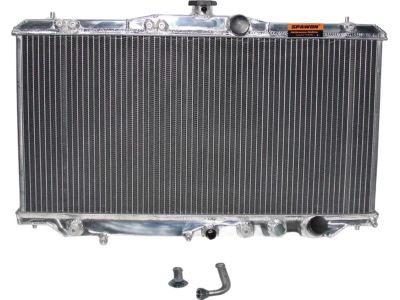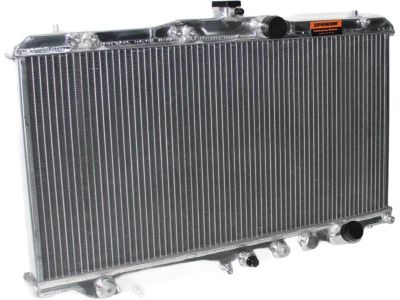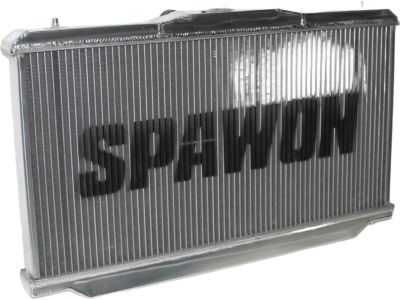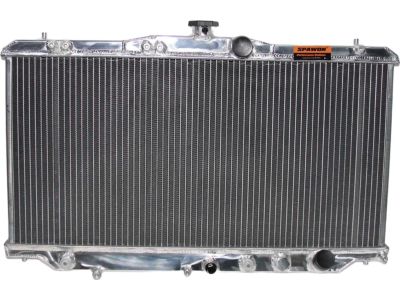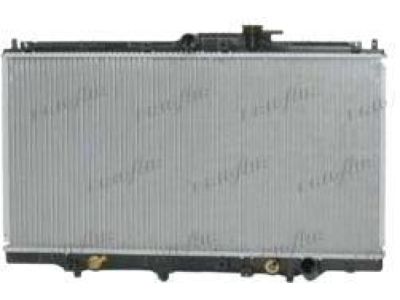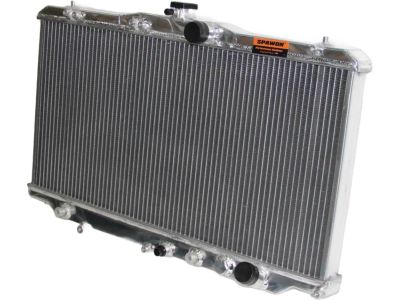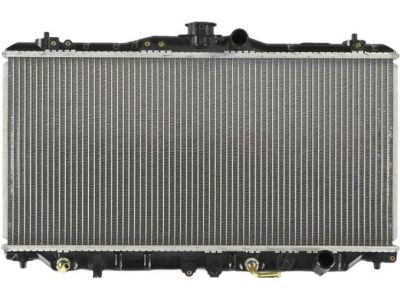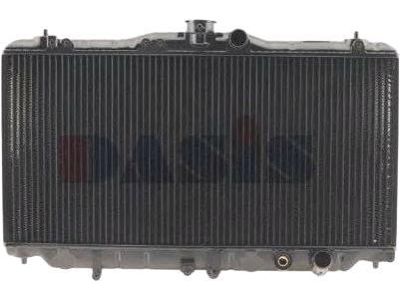×
- Hello
- Login or Register
- Quick Links
- Live Chat
- Track Order
- Parts Availability
- RMA
- Help Center
- Contact Us
- Shop for
- Honda Parts
- Honda Accessories

My Garage
My Account
Cart
Genuine Honda Prelude Radiator
Cooling Radiator- Select Vehicle by Model
- Select Vehicle by VIN
Select Vehicle by Model
orMake
Model
Year
Select Vehicle by VIN
For the most accurate results, select vehicle by your VIN (Vehicle Identification Number).
41 Radiators found

Honda Prelude Radiator (Denso)
Part Number: 19010-P14-A03$339.11 MSRP: $483.07You Save: $143.96 (30%)


Honda Prelude Radiator (Denso)
Part Number: 19010-P14-A11$339.11 MSRP: $483.07You Save: $143.96 (30%)Honda Prelude Radiator (Denso)
Part Number: 19010-P0F-J04$391.07 MSRP: $522.64You Save: $131.57 (26%)Honda Prelude Radiator (Toyo)
Part Number: 19010-PK1-014$275.27 MSRP: $392.12You Save: $116.85 (30%)Honda Prelude Radiator (Toyo)
Part Number: 19010-PK1-024$275.27 MSRP: $392.12You Save: $116.85 (30%)Honda Prelude Radiator (Toyo)
Part Number: 19010-PK1-676$284.13 MSRP: $404.76You Save: $120.63 (30%)Honda Prelude Radiator (Toyo)
Part Number: 19010-PK1-678$284.13 MSRP: $404.76You Save: $120.63 (30%)Honda Prelude Radiator (Toyo)
Part Number: 19010-PK1-A52$284.13 MSRP: $404.76You Save: $120.63 (30%)Honda Prelude Radiator (Denso)
Part Number: 19010-P14-A01$339.11 MSRP: $483.07You Save: $143.96 (30%)



| Page 1 of 3 |Next >
1-20 of 41 Results
Honda Prelude Radiator
The radiator of the Honda Prelude is an important part of the cooling system of a car and it works as the heat exchanger where it transfers heat of the engine coolant to the air. Usually the radiator contains a core of aluminum with polymer or aluminum tanks while some contain copper and brass. This includes fins and tubes, which enhance the contact area of the heat transfer in order to guarantee the prime performance of the industry's engines. The radiators of Honda Prelude have changed with time with performance radiators coming as improved models to standard ones. These upgraded radiators are made of light metals with aluminum being the most common, the tubes on these radiators are larger and the density of fins is also greater as they enhance the flow of the coolant as well as heat dissipation. Coming in both direct fit and universal models, these radiators are ideal for the Honda Prelude because it increases the heat dissipating capability of the vehicles no matter the racing environment, be it street or race.
In search of affordable OEM Honda Prelude Radiator? Consider browsing through our extensive inventory of genuine Honda Prelude Radiator. Not only do we provide market-leading prices and a manufacturer's warranty, but we also pride ourselves on exceptional customer service and swift delivery.
Honda Prelude Radiator Parts Questions & Experts Answers
- Q: How do you remove and install a radiator safely and effectively on Honda Prelude?A:To change the radiator you should, Do not make direct contact with the cooling system if the temperature exceeds 100°F (38°C), dress appropriately, gloves, glasses. Start by opening a drain cock on the engine's radiator and allowing to drain into a sealed receptacle. Third, it is required to disconnect both the upper and lower hoses that are associated with the automobile's radiator. If the vehicle has an automatic transaxle, another pan should be placed underneath the ATF cooling lines, then the transaxle cooling lines should be disconnected and the transaxle, as well as the radiator fittings should be drained while plugged. Disconnect the harnesses for the radiator cooling fans, next, remove the upper radiator support brackets and cushion assemblies. Very gently raise the upper portion of the radiator Hood with OBD and then take out the bolts holding the cooling Fans to the radiator. For installation reverse of above procedures and open the bleed valve on the thermostat housing half turn and set the heater to full hot position, consequently fill the cooling system with the distilled water and coolant mix ( half-half) and remove the air from the radiator hoses by squeezing. Turn off the bleed valve whenever the threading of the coolant is bright and consistent. With a radiator cap placed half on and half off start the vehicle and let the engine to run until the cooling fan comes on two times, then shut off the vehicle and fill the radiator and the overflow tank with water and coolant, respectively as necessary. Last but not the least, shut the radiator cap, rev the car motor and look out for the leakage.
Related Honda Prelude Parts
Browse by Year
2001 Radiator 2000 Radiator 1999 Radiator 1998 Radiator 1997 Radiator 1996 Radiator 1995 Radiator 1994 Radiator 1993 Radiator 1992 Radiator 1991 Radiator 1990 Radiator 1989 Radiator 1988 Radiator 1987 Radiator 1986 Radiator 1985 Radiator 1984 Radiator 1983 Radiator 1982 Radiator 1981 Radiator 1980 Radiator 1979 Radiator
